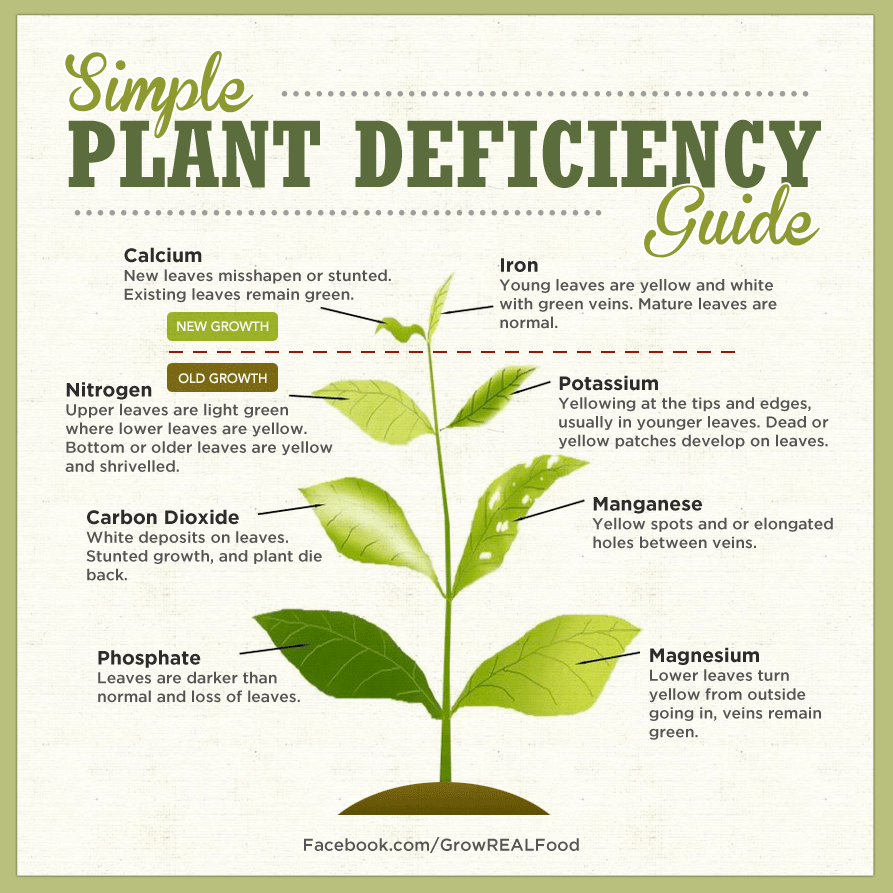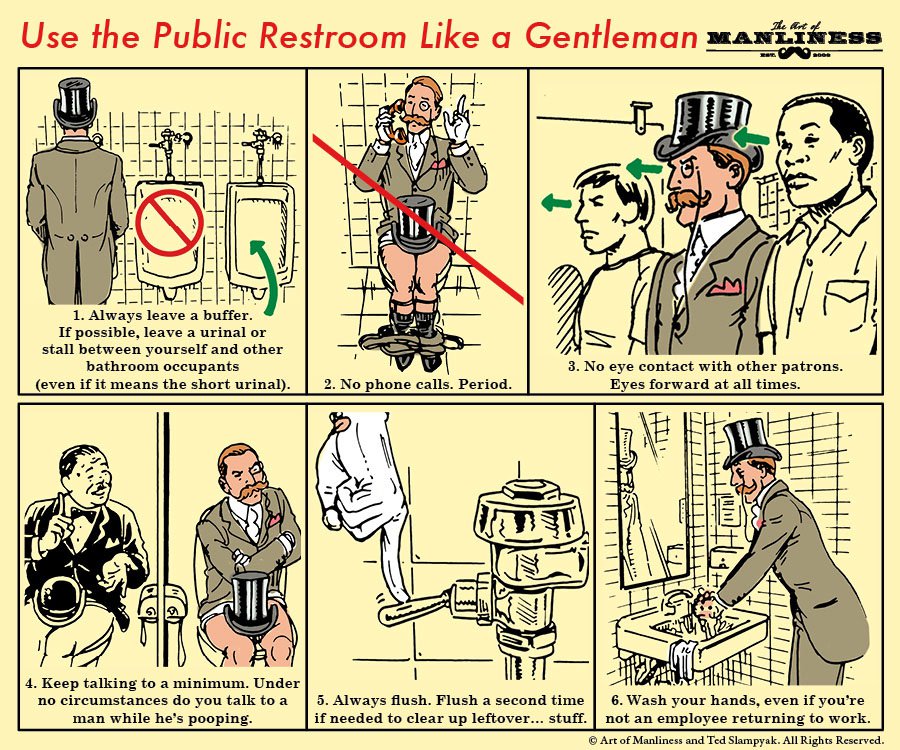Obama’s America… you can have a choice to kill your unborn baby but you can’t choose to eat fried food!
The Navy is going on a health kick and removing all fried food from dining hall menus.
“Certain foods, you can’t get the flavor and texture you can get from the fryer.”
– Culinary Specialist 2nd Class (SW) Adrian Watson
In an effort to kick up its healthy eating “Go for Green” campaign, it will stop frying foods like chicken and french fries and bake them instead. It is also axing whole milk and replacing it with skim and soy, reports Navy Times.
In May, Navy Secretary Ray Mabus announced the menu revisions as part of efforts to improve sailors’ food, uniforms, training and overall fitness to boost field performance and lower medical costs.
Electrician’s Mate 1st Class (SW) Roberto Rodriguez told Navy Times that he’s lost 10 pounds since the program began and said he feels “a whole lot better.”
But not everyone is welcoming the changes.
“Certain foods, you can’t get the flavor and texture you can get from the fryer, and when you’re deployed that’s one thing you have to look forward to,” Culinary Specialist 2nd Class (SW) Adrian Watson, told Navy Times.
Others took to Facebook to vent their frustration.
“This isn’t a Weight Watchers cruise, it’s the goddamn Navy! Does that mean no cakes and desserts, too? Working 18 hours a day on the roof you need carbs to keep you going. If you’re stationed ashore, you can go to the EM or PO clubs or to town and get all the crappy food you want,” wrote user Jeff King.
Some current and former service members are also blaming Michelle Obama and her healthy school initiative, although The First Lady is not involved in setting nutritional policy for the armed forces.
“I’m glad I got out when I did! I guess you guys want a mutiny! Is Michelle Obama running the food program?!” wrote user Ed Anderson.
The Department of Defense “Go for Green” nutrition program, which started in 2013 and is set to go in effect fleet wide by 2017, teaches sailors to recognize and select healthier foods. Calorie counts are now posted next to food items and foods have color coded health scores: green, yellow, or red. This comes as the U.S. obesity rate hit an all-time high of 27.7 percent in 2014. According to the latest figures, about a third of eligible Americans are fat to join the armed forces.
Those in favor of the changes, like Chief Warrant Officer 3 Jeffrey Walker, who serves as a base food service officer and recently won the Ney Award for food service excellence, recognize that it will take time for sailors to get accustomed to the changes.
“If the food is prepared right, sailors will accept the change over time,” he said.




